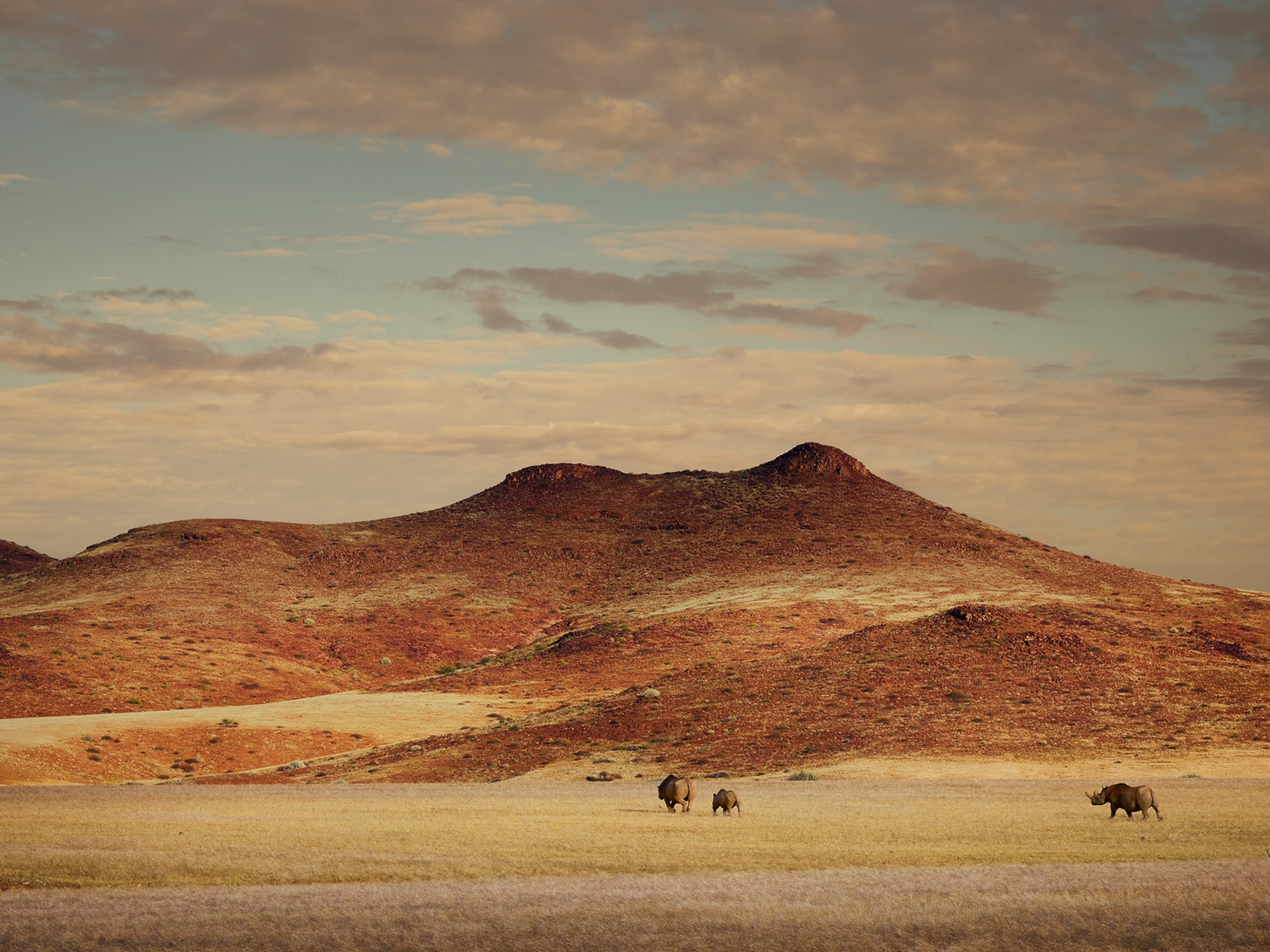
Caterpillars Take Looking Like Poop to a New Level
Perfecting the art of looking like poo, caterpillars curl their bodies like a pile of bird droppings.
What to do if you are a tasty caterpillar trying to hide from a hungry bird? Animal survival lesson number one: Look like bird poop.
But poop-like coloring alone isn’t a fail-safe disguise, particularly for large caterpillars, scientists reported recently in the journal Animal Behavior. To look like a pile of poop, they have to truly become a pile of poop.
Resembling twigs, rocks, or even poop—called masquerading—can be a lifesaving strategy and is common in the animal world. Trying to identify the “hidden” creatures is like a game of Where’s Waldo: Lizards impersonate rocks, insects parade as sticks, and spiders pose as poop. (Learn more about amazing animal mimicry.)
For caterpillars, avoiding birds is a major occupation.Daniel Rubinoff, University of Hawai’i entomologist
“I was amazed by the fact that the caterpillars really look like bird droppings,” says Toshitaka Suzuki of the Graduate University for Advanced Studies in Japan.
Suzuki and co-author Reika Sakurai of Rikkyo University positioned over 400 fake caterpillars on the branches of trees, either curled up or straight, and colored either solid green or black and white, the usual color of bird poop.
While body position didn’t affect the number of green caterpillars that got pecked, birds attacked the poop-colored black-and-white caterpillars almost three times more often if they were elongated than if they were curled up.
But poop-colored caterpillars have to be careful: This disguise can be dangerous if the effect is not convincing. Black-and-white coloring acted as a red flag for straight caterpillars, which were attacked most frequently out of all colors and positions. A caterpillar stretches out to eat leaves, making it “very conspicuous,” Suzuki explained. But bending may allow the caterpillar to maintain the ruse even when it grows larger than average bird poop.

Masquerade Ball
“For caterpillars, avoiding birds is a major occupation,” said Daniel Rubinoff, an entomologist at the University of Hawai’i who was not involved with the study. “The less you look like a caterpillar, the less likely you are to be attacked.”
Masquerading differs from camouflage, which is when an animal blends into the background. Unless the camouflaged animal can match different backgrounds as a chameleon or octopus does, it has to stay in one spot.
That is, it doesn’t pay to be the color of sand in a field of grass.
Masquerading prevents attack in a wider range of environments since bird droppings, twigs, and stones are common.
Many other creatures pose for disguise. A tree-bark-mimicking caterpillar positions its body at an angle to branches like a twig, and the round-tailed horned lizard flattens its body like a stone. But few studies have tested the importance of body positioning itself as an added layer of deceit.
Even though the results "didn’t blow my hair back,” says entomologist Floyd Shockley, of the Smithsonian Museum, they contribute to our limited knowledge of animal masquerade.
Evolutionary Jackpot
So how did caterpillars evolve such a specific look?
These changes occur incrementally over millions of generations, forced by the visual hunting of many birds. "Even as a scientist that is something we have to remind ourselves: just how long time is and how important that length of time is," says Rubinoff.
So what have we learned? If you are going to look like poop, you might as well go all out (or rather, curl around).
Follow Maya Wei-Haas on Twitter.





